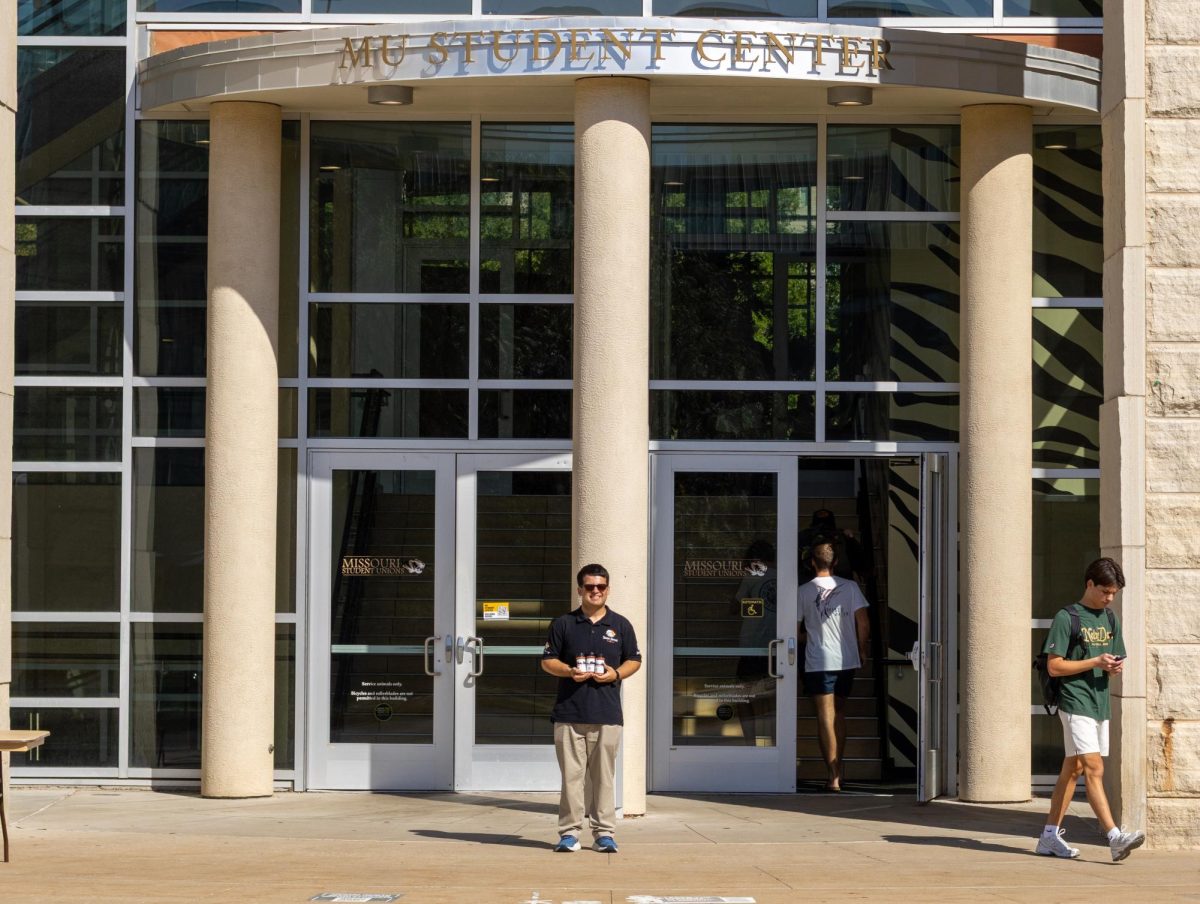According to [a survey in the July issue of Hospitals & Health Networks magazine](http://digital.hhnmostwired.com/DigitalAnywhere/viewer.aspx?id=1&pageId=1), MU Health Care is one of the top 100 “Most Wired” hospitals in the nation.
The survey, which is conducted annually by H&HN magazine, is designed “to stratify hospitals based on progress in adoption, implementation and use of information technology,” according to [the survey’s website](http://www.hhnmostwired.com/hhnmostwired/html/awards.html).
The hospitals are rated on their use of information technology in four categories: Infrastructure, Business Administration, Clinical Quality and Safety and Care Continuum, which includes community outreach programs and other long-term projects.
Although the exact scores for MU Health Care are still unknown, officials remain positive.
“They haven’t given us detailed results yet, but looking at last year’s scores, we probably exceeded in all areas,” said Joanne Burns, MU Health Care Chief Information Officer. “Looking at the benchmarks, we’re doing quite well.”
The focus of the survey is to spur further developments in hospital IT, improving patient care and making all aspects of hospital workings more efficient.
One of the biggest trends in this year’s survey was the across-the-board increase in computerized physician order entry. With the Computerized Physician Order Entry, doctors can enter their notes about patients electronically, shortening the time it takes for that information to reach nurses and finally eliminating the pesky problem of reading a doctor’s handwriting. UMHC has been at the front-line of CPOE implementation and Burns estimates 85 to 90 percent of all orders in their system are electronic.
“The time it takes to treat a patient decreases,” Burns said, which is the end goal of all hospital technology.
The benefits of implementing such technological advances might seem obvious, but Burns said one of the biggest hurdles facing hospitals is the cost. To combat this, MU Health Care has found some valuable allies.
“The key is the partnership with Cerner and the university, which has allowed us to share costs and benefits,” Burns said. “This way, the university can advance technologically at the same pace that we do.”
In the face of such advanced health care, however, some patients have balked. MU Health Care can hand its patients a disk with information for further care upon their discharge, and they’re working toward an email system that will allow them to update their patients from anywhere.
This won’t appease every client, Burns said.
“Not everyone has email,” she said. “Not everyone has a computer. I believe you’ll always have the need for multiple avenues.”
Many patients still prefer a paper copy of their records, she said.
So what’s next for one of the “Most Wired” hospitals in the country? Burns said it’s all about closing the loop.
“Now we ask ourselves: How do we engage patients with technology? How do we work with them to keep themselves healthy and stay out of the hospital?” she said.
Sharing data between hospitals and clinics is also key. Burns paints a picture of someone in rural Missouri who happens to come to MU Health Care for a checkup.
“If I go back to my community doctor, that doctor can see information for my MU Health Care visit online,” she said.








